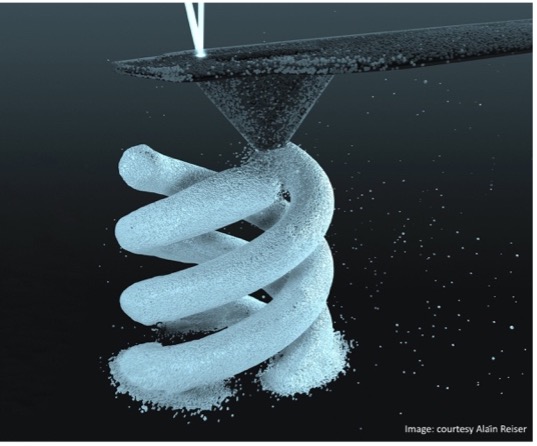Gas-fired power generation, which is currently part of Europe’s electricity backbone, is being threatened by high prices, market challenges and the declining cost of renewable energy. Rystad Energy research shows that with recent gas prices, it would be 10 times more expensive to operate gas-fired power plants in the long-term than to build new solar PV capacity in Europe.
While gas prices are not expected to remain at such high levels in the medium-to-long-term, when and if they fall, gas will struggle to remain competitive in Europe’s power mix.
This research uses the levelized cost of energy (LCOE) for gas and coal-fired power generation at different price levels and compares it to the LCOE of solar PV and wind.
Original article from Rystad Energy: https://www.rystadenergy.com/news/energy-crisis-the-beginning-of-the-end-for-gas-fired-power-in-europe


